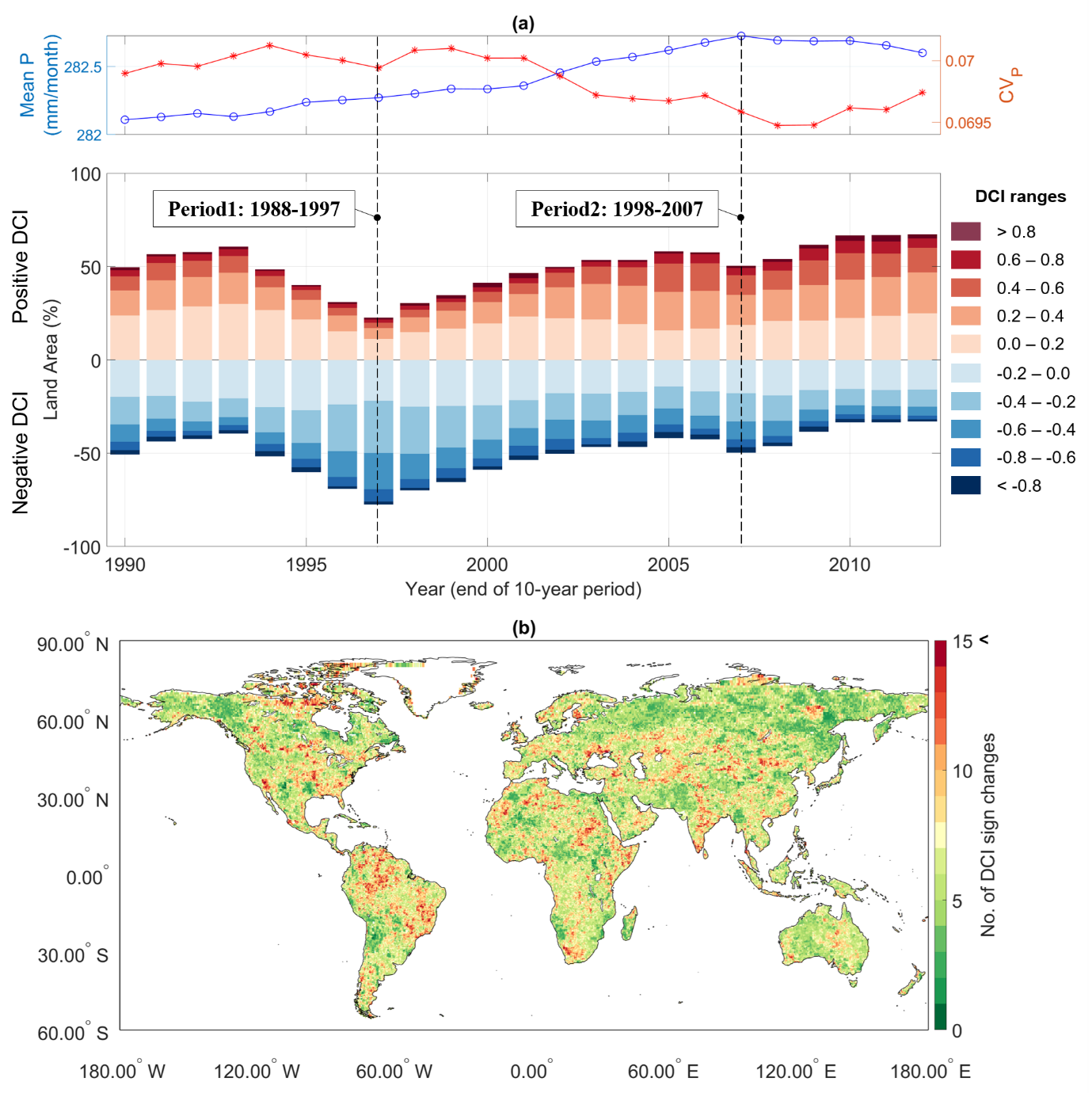An Assessment of Concurrency in Evapotranspiration Trends Across Multiple Global Datasets
Published in Journal of Hydrometeorology, 2021
Recommended citation: Kim, S., Anabalon, A., & Sharma, A. (2021). An Assessment of Concurrency in Evapotranspiration Trends Across Multiple Global Datasets. ,Journal of Hydrometeorology, 22(1), 231-244. https://journals.ametsoc.org/view/journals/hydr/aop/JHM-D-20-0059.1/JHM-D-20-0059.1.xml
Abstract
While broad consensus exists that temperatures are increasing, there is uncertainty surrounding the direction of change manifested in actual evapotranspiration (ET) worldwide. This study assessed trends in ET across the land surface using eleven widely used global datasets for a 32-year study period. To demonstrate the agreement and disagreement of trends, the spatial distribution, concurrence, correlation and similitude were estimated. The results showed that while the global average trend in ET is -0.072 mm/month/year, the trends from individual datasets show a wide range of differences in magnitudes and directions. The considerable differences in the trends in each dataset were found to be weakly correlated to each other and highly divergent in their distribution and direction. No single dataset was sufficiently similar to another to offer a fair representation of trends. In a dynamic trend analysis using a 10-year moving window over the study period, high concurrence in the significant trends throughout the datasets was found to be rare for each time period. In general, the global data concurrence became negative by 1997 but rebounded to positive towards the end of the study period. In terms of spatial tendency, some regions were more prone to change the direction of their significant trends within the study period. This shows a high inconsistency in the location and direction of significant ET trends, implying selection of an ET dataset should consider its spatiotemporal uncertainty before use for any water balance study aiming to infer hydrological change over time. 
